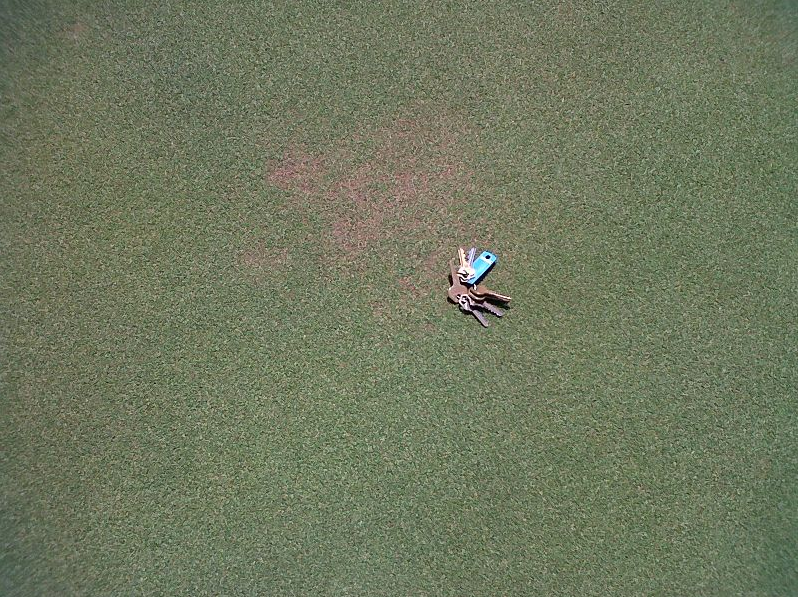What can golf courses do to prevent disease this autumn?
Related Articles
The low rainfall and high temperatures this summer has meant that turf is even more susceptible to disease this autumn than normal. Bayer technical manager Dr Colin Mumford reports
This year’s heatwave has put significant pressure on turf areas, especially non-irrigated and fine turf areas such as putting greens, with extremely low rainfall and high temperatures across the country, leading to stressed turf heading into the main disease season.
Dr Colin Mumford, Bayer technical manager, says turf stress increases susceptibility to anthracnose and greenkeepers need to keep a step ahead by using preventative fungicide applications.
“Environmental factors have significantly impacted turf conditions over the last few months which has reduced the grass swards ability to recover, making it more susceptible to disease, such as foliar blight anthracnose, and basal rot anthracnose.
“If cool, damp conditions are present you are more likely to see diseases such as anthracnose basal rot. This disease can severely affect the playing quality of sports turf causing the crown leaves to turn yellow with a reddish centre and a black rot at the roots.
In worst cases this can cause the grass to become extremely fragile and it can be easily pulled from the ground during maintenance work,” said Colin.
With the loss of iprodione, he warned that it’s no longer a case of waiting for disease symptoms to appear before greenkeepers take any action. He recommends that greenkeepers use an integrated disease management approach employing both cultural and biological controls as well as fungicides if required.
Cultural controls
“Anthracnose is known as a ‘low nitrogen
disease’, so it’s essential to have adequate plant nutrition in place to maintain a healthy grass plant.
“You can monitor grass plant nutrition by assessing your clipping yield at every mowing event, this will give you a good indication of the nutritional status. Alternatively, regular soil or tissue testing can be carried out and the correct plant health products should be applied if required. Other cultural factors such as improving aeration to relieve a compacted root zone and improve drainage, especially surface infiltration, will reduce the chance of disease establishing by maintaining a drier surface.”
Biological controls
“As well as carrying out good cultural practices it’s important to consider biological aspects such as using seed that is less susceptible to disease, for over sowing or renovating a disease prone area, to improve the sward’s disease tolerance.”

Preventative applications
“However, if optimum disease conditions are present, greenkeepers should look to treat turf preventively to stop disease from establishing and reduce the impact of scarring. Using a dual action fungicide like Dedicate (tebuconazole and trifloxystrobin) not only helps to prevent onset of diseases such as anthracnose but can also be applied as an early curative,” said Colin.
He added that minimising the impact of anthracnose will result in the grass plant being healthier and able to withstand further disease pressure where microdochium patch would usually take advantage.
“Anthracnose basal rot is a biotic stress and if you can reduce that by using a preventative fungicide programme you will get a healthier grass plant that is more able to withstand other biotic stresses such as microdochium patch,” said Colin.
Tips for identifying anthracnose basal rot
- Cool, moist conditions between five and 15 degrees
- Initial yellowing of turf
- Youngest plant leaf may turn red
- Black staining at the base of the plant can be seen at advanced stages
- Indicator greens help identify disease for early curative applications

























